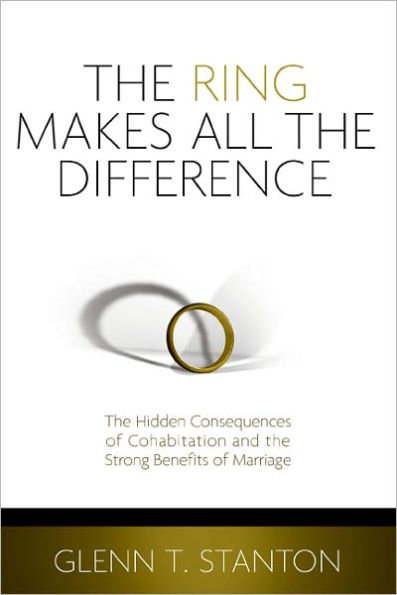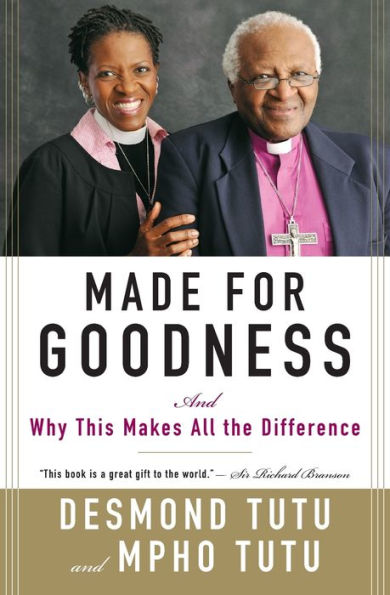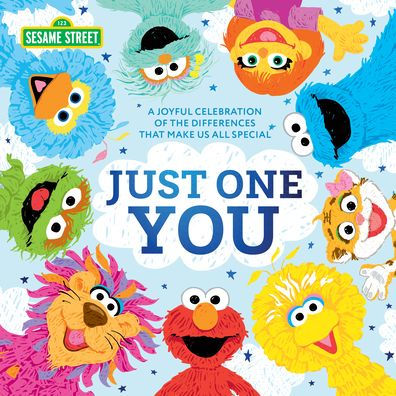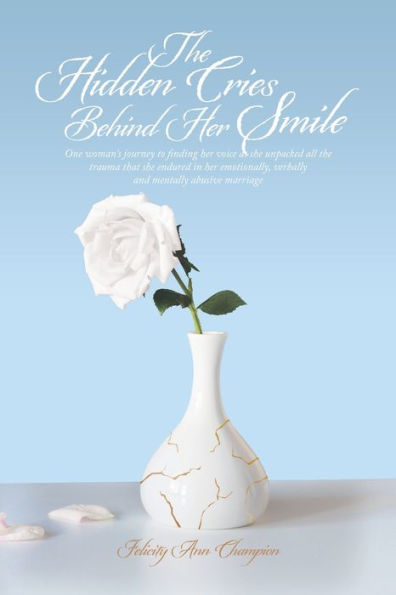Home
the Ring Makes All Difference: Hidden Consequences of Cohabitation and Strong Benefits Marriage
Barnes and Noble
the Ring Makes All Difference: Hidden Consequences of Cohabitation and Strong Benefits Marriage
Current price: $14.99


Barnes and Noble
the Ring Makes All Difference: Hidden Consequences of Cohabitation and Strong Benefits Marriage
Current price: $14.99
Size: Paperback
Loading Inventory...
*Product information may vary - to confirm product availability, pricing, shipping and return information please contact Barnes and Noble
Why not cohabitate?
Many believe nothing is better for their future marriage than a trial period—cohabitation. It’s the fastest growing family type in the U.S. So how’s that working out? Are people truly happier?
Author Glenn Stanton offers a compelling factual case that nearly
every area
of health and happiness is increased by marriage and decreased by cohabitation.
With credible data and compassion, Stanton explores the reasons why the cohabitation trend is growing; outlines its negative outcomes for men, women, and children; and makes a case for why marriage is still the best arrangement for the flourishing of couples and society.
This resource is ideal for those who are cohabitating or considering it, as well as pastors and counselors who need to be able to engage this issue.
Many believe nothing is better for their future marriage than a trial period—cohabitation. It’s the fastest growing family type in the U.S. So how’s that working out? Are people truly happier?
Author Glenn Stanton offers a compelling factual case that nearly
every area
of health and happiness is increased by marriage and decreased by cohabitation.
With credible data and compassion, Stanton explores the reasons why the cohabitation trend is growing; outlines its negative outcomes for men, women, and children; and makes a case for why marriage is still the best arrangement for the flourishing of couples and society.
This resource is ideal for those who are cohabitating or considering it, as well as pastors and counselors who need to be able to engage this issue.










